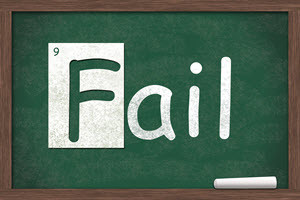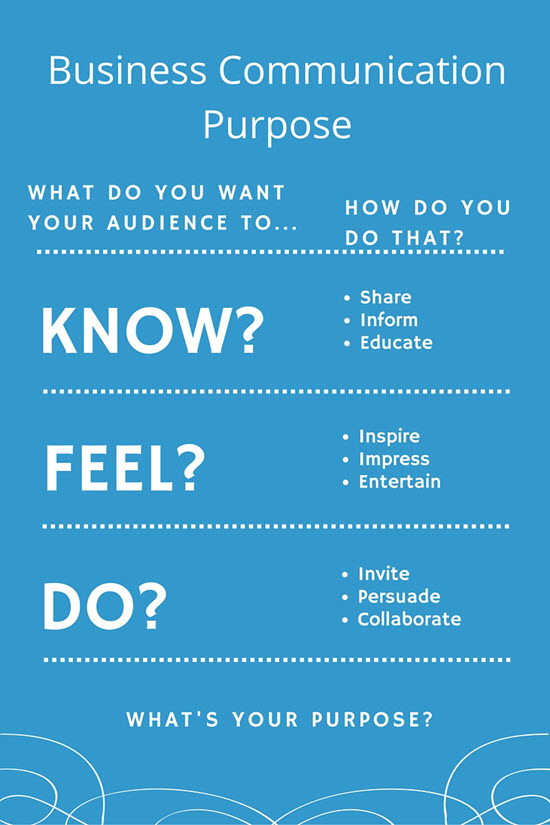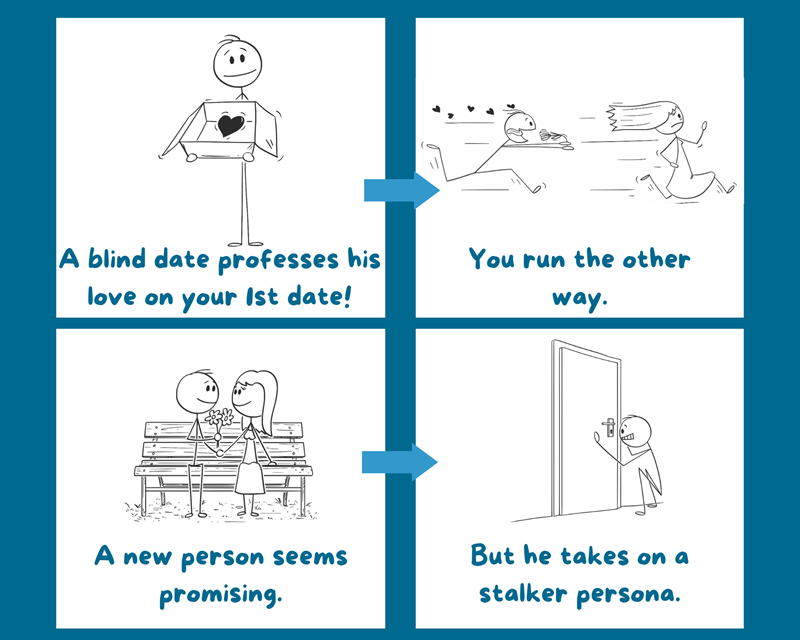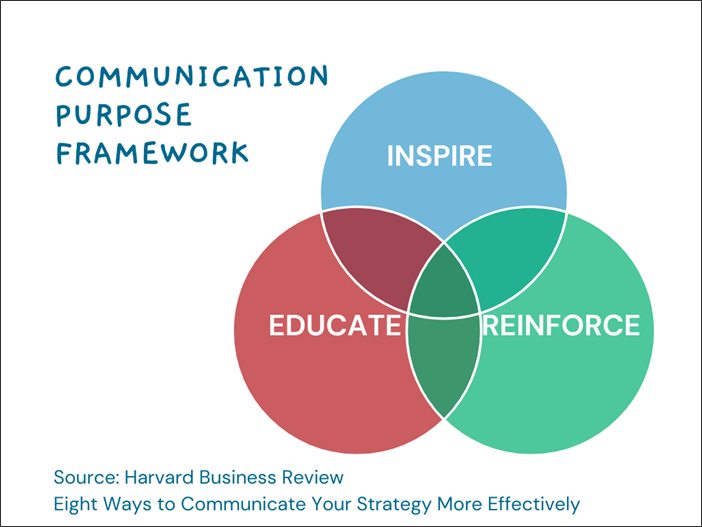Part of the What is Your Purpose series

 No one fails on purpose, do they? But we are human and do occasionally fail at something.
No one fails on purpose, do they? But we are human and do occasionally fail at something.
But this is a purpose of a different kind. It is that magical moment you hope to achieve when all your efforts pay off.
The What’s your purpose series offers ideas for transforming your purpose into magical business communication.
Understanding your purpose is the magic wand to achievement.
Finding Purpose
Who doesn’t want purpose in their life? Okay, so maybe your business communication is not on the same scale. But like life, having purpose brings clarity and inspiration.
A search of the phrase, business communication purpose, produces various themes, such as the following.
- Inform – educate – entertain
- All the above + inspire
- Inform – persuade – collaborate
That is a good start on identifying your purpose. But being the type who hates following the crowd, I developed a unique set (as illustrated below).
It starts with asking thought-provoking (hopefully) questions.
- What do you want your audience to: know – feel – do?
- How do you do that?

Future posts will take a closer look at each one of the questions for achieving your business communication purpose.
Purpose in Priorities
Business communication often has more than one intent. However, we lose our audience when we throw too much, too fast at them.
Think of your business communication like dating. Can you relate to the following illustration?

How did the above dates fail? Assuming they wanted to make a connection for a possible relationship, both blew up their chances by being a tad overzealous (sarcasm dripping).
- Blind date #1 allowed no time to get to know the other person, to build trust.
- Date #2 began calling, texting, and driving by her house multiple times a day.
- Both were too much – too fast – and too soon.
Moral of the Story
Be the great date. Stay true to your purpose.
- Show interest.
- Share but not too much – (think TMI).
- Build trust.
It’s All About Timing
Enjoy the communication dance by creating priorities for when and how you communicate. Without planning, your audience will feel like that poor woman with the disastrous dates – overwhelmed and disappointed.

Not everyone likes structure. I confess I do. So, when Harvard Business Review (HBR) created the article, Eight Ways to Communicate Your Strategy More Effectively, #3 caught my eye.
HBR suggests the use of a framework helps “prioritize and sequence communication.” The article refers to employee communication; however, you could easily adapt it to customers.
HBR structures its communication in the framework shown below to “map and deliver messages on an annual basis.”

Succeed on Purpose
A goal for any business communication is selling. Even if it’s only selling your audience on an idea or on how great your business is. Internal communication seeks buy-in from employees.
By strategically mapping what you want your audience to know, feel, and do, your business communication will be simple, clear, and uniquely yours.
How do you succeed?
Note: The next post reviews how you communicate what you want your audience to know.
==================================
==================================
Note: This post originally published on April 4, 2016. This August 23, 2022 version updates it.
===================================

I like this… may alter my 10 word purpose statement thing. http://www.aboutfreelancewriting.com/2015/01/20/book-needs-10-word-purpose-statement/
This one is aimed at books but I use it for any writing… interesting to compare the two. Goal is the same, clarity.
Glad you like it, Anne. Interested to see how you alter your purpose statement. And, you’re right – the goal is the same – clarity. 🙂 Thanks for sharing yours, Anne.
Are you saying you don’t believe in love at first sight?
Seriously, though, there are some documents (even some advertisements) that resonate with us. Some that would hope they only fell flat.
Our goal is to develop far more of the former- and avoiding the hell out of the latter.
In business? Rarely. 😉 Thanks, Roy!